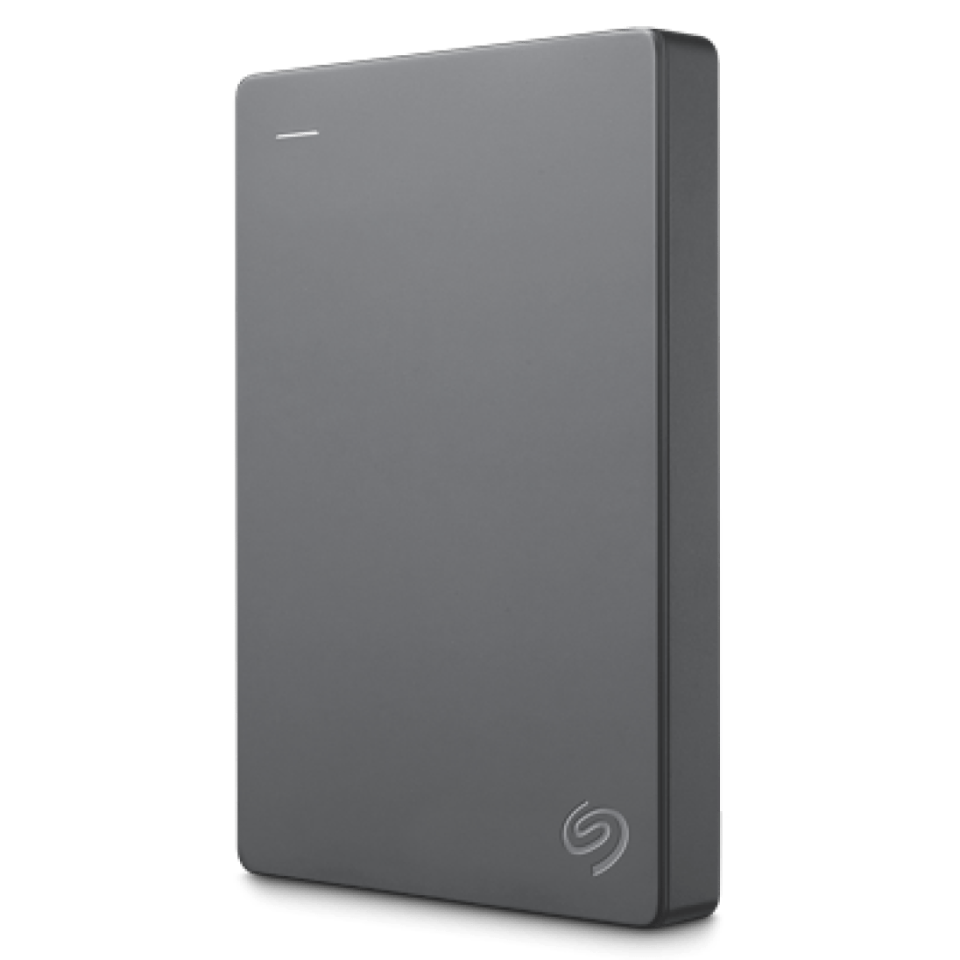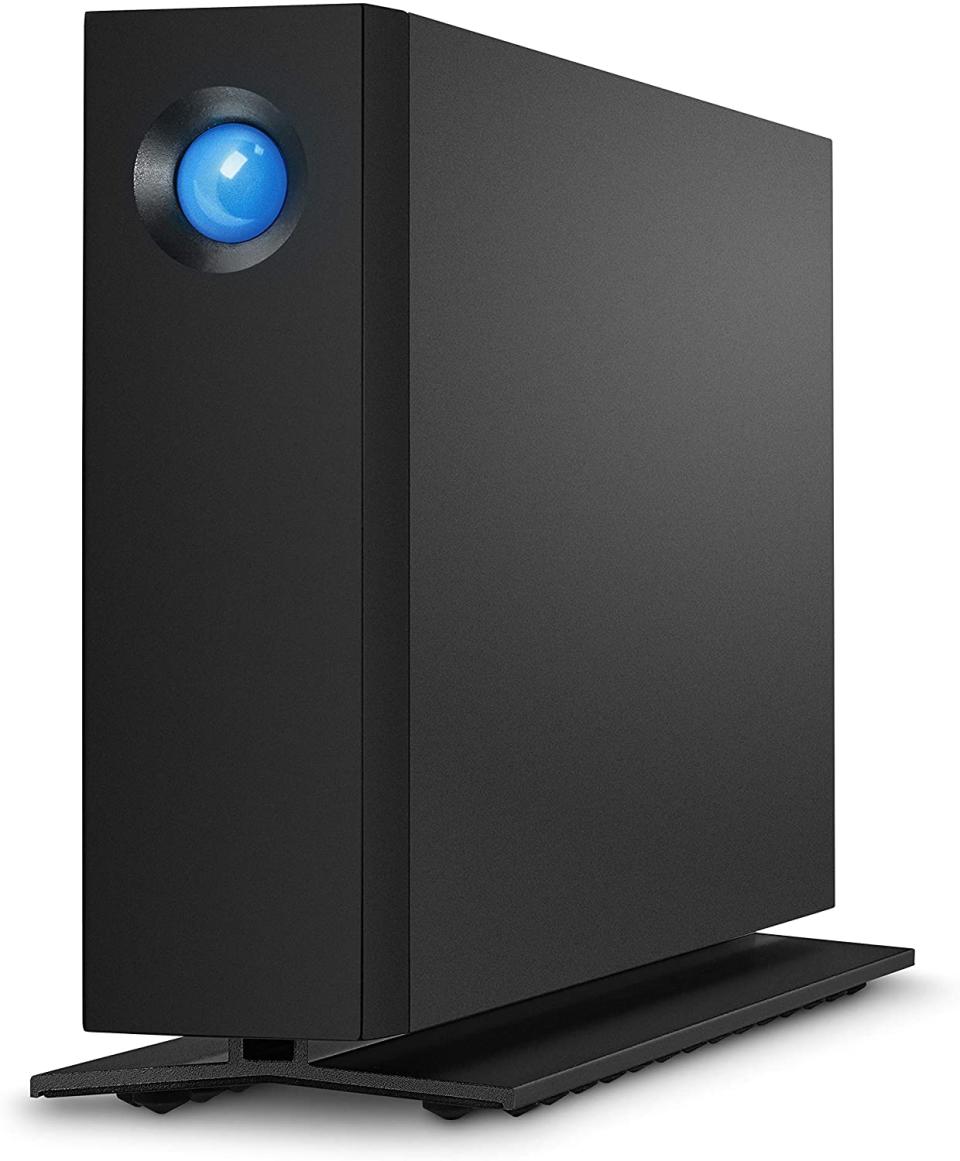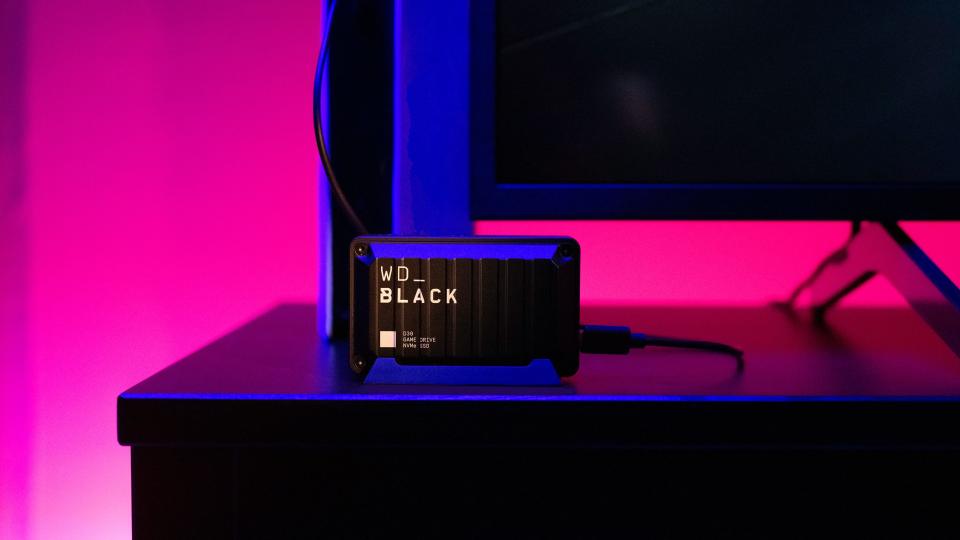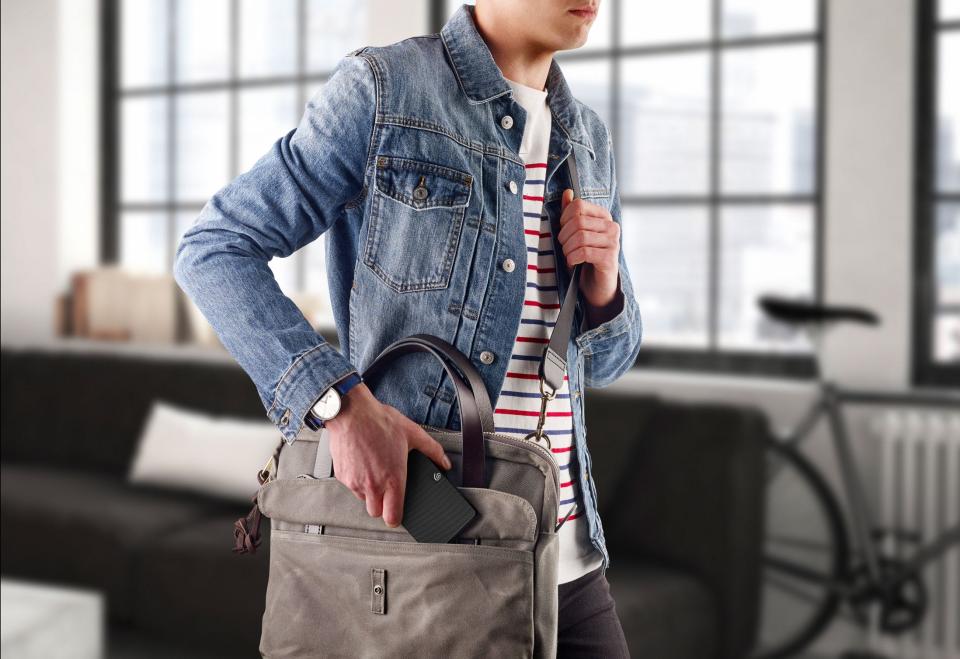Thanks for the (computer) memory! Here's how to buy the right data storage for your needs
So you’re running out of storage on your laptop or desktop. Or your PlayStation, Xbox, or Nintendo Switch console. Er, or phone or tablet.
Welcome to the club.
Now that your world has become increasingly digitalized – from photos and videos to music and podcasts to video games and ebooks – it’s no surprise your devices are virtually bursting at the seams.
Sure, cloud storage is becoming an increasingly big part of the story, where files are stored offsite for safekeeping, but some high-profile free services like Google Photos no longer offer unlimited storage. As such, monthly subscriptions for cloud services can add up over time, plus once you stop paying you won’t have access to your files.
That, and not everyone has reliable and fast access to Internet.
As such, there is still a desire for local, offline and high-capacity drives for short- and long-term storage.
But before you buy a new drive, keep these following considerations in mind.
► Google Photos kills free unlimited storage: Here are your other options
► Fed up with Big Tech? Find out how to get your privacy back, explore alternatives to Google
Internal, external

The first thing you’ll likely want to figure out is whether you want an internal or external hard drive.
As the name suggests, an internal drive must be installed inside your desktop or laptop, to replace or supplement your existing drive. For internal drives, adding to what you already have is easier, especially in a desktop tower, providing you have some slots available. You’ll need to know the size of the slots available, which is usually 2.5 inches for laptops and 3.5 inches for desktops, but not always (there are also adaptors to fit a 2.5-inch drive into a 3.5-inch slot).
Windows: To check, Windows users can go to Device Manager > Disk drives > [Name/Manufacturer of drive] > Properties > Details.
Mac: Not all Macs have user-replaceable drives, so consult with Apple to double-check ahead of time.
An external drive is easier as it simply plugs into an available port on your computer, be it the older and larger USB-A slots, or the newer and smaller USB Type-C (which also works with Thunderbolt ports on a Mac). You can also add an external drive to a game console, like a PS5 and Xbox Series S/X.
► Store more: PlayStation 5 owners can finally use extended storage for games with new update
Android: If you have an Android smartphone or tablet that takes a memory card (usually microSD), that will be the only way to add more local storage.
iOS: There are specialty storage sticks for iOS (iPhone, iPad), which has a Lighting connector on one end and USB-C on the other for Android and PC/Mac, like the SanDisk iXpand Luxe (prices range from $11.49 for 32 gigabytes up to $134.99 for 1 terabyte) to get content off a drive, but nothing you’d want to keep plugged in all the time.
Capacity

It can be tricky to figure out how much storage to go with. Of course, the larger the number, the more files you can store on it, therefore a 4 terabyte (TB) drive offers four times the storage of a 1TB drive (which is about 1,000 gigabytes).
My rule of thumb: buying storage is a lot like buying clothes for kids. Go bigger than you need today, so you can grow into it.
You don’t want to have buyer’s remorse by picking up a drive and filling it up quickly, only to find you need to buy another one sooner than later. The only exception is if you want to create multiple drive back-ups of your files, for long-term storage, to hedge your bets in case one of the drives dies over time (which is a good idea, by the way).
Videos and video games tend to take up the most amount of storage, followed by photos and music. Documents and ebooks are usually small files.
While there are exceptions, the larger the drive capacity, the more expensive it will be. For example, the Seagate Basic portable hard drive costs about $60 for 1TB, $70 for 2TB and $130 for 5TB.
Storage type, speed
Surprisingly, many aren’t aware internal and external drives can vary greatly in speed, which is especially important when it comes to reading and writing data.
The higher the number of rotations per minute (RPM) the better, therefore a hard drive with 7,200 RPM will be faster than a 4,200 RPM. Also, keep in mind the connection type on your computer ports will also be related to speed, with USB 3.1 faster than USB 2.0, for example.
But if you’re in need of speed, consider a SSD, or solid-state drive, opposed to a traditional HDD, or hard disk drive.
Why? SSDs do not have any moving parts, opposed to spinning magnetic platters inside a hard drive. Similar to the flash memory built into your smartphone, it’s also much quieter to run than a hard drive. A solid-state drive is much smaller and lighter, too, and an SSD doesn’t require as much power to operate, which translates to much better battery life on a laptop.

If you’re a gamer, consider Western Digital's WD_BLACK D30 Game Drive SSD (from $89 for 500GB), which are external drives designed to cut down on load screen times and get into the game faster. With capacity up to 2TB ($269), it can store up to 50 games, allowing you to archive your game library or make space on your console for new favorites.
While WD is branding “black” for gamers, its new internal line of “blue” drives is for intensive content creation applications – like video editing and animating – with a need to for superfast read and write speeds. WDs says its Blue NVMe SSD lineup (from $49 for 250GB) can deliver up to 4 times the speed of regula SATA (serial advanced technology attachment) SSDs, topping out at about 2,600 MB/second. Capacities go up to 2TB, for about $225.
By the way, NVMe (Non-Volatile Memory Express) is a more advanced protocol for accessing SSDs via a PCI Express (PCIe) slot on a computer’s motherboard. SATA-based SSDs are cheaper and more commonly found, but slower than NVMe/PCIe.
Portable vs. desktop, network drives

If you opt for an external hard drive because you want the huge capacity it offer, such as the LaCie d2 family of drives, which go up to 18TB – you’ve got one of two main choices. A “desktop” drive is larger and requires an external power source (ideal to keep in a home office, for example), while a portable drive is usually smaller, lighter and uses power from the computer to operate rather than requiring an AC outlet.
Speaking of portability, there is another major benefit to SSD (and USB flash drives or thumb drives, for that matter): they’re much more rugged and less prone to damage, which is incredibly important if you consider you might be carrying around this external storage. A portable hard drive, with moving parts, might not withstand the bumps and knocks of life on the go, as well.
While not as mainstream, another kind of drive is a networked one that connects to your wired or wireless Internet connection and can be accessed from multiple devices on your Wi-Fi network or even when you’re on the go. For example, the WD My Cloud Home drives (from $159 for 2TB) are like your own private cloud, which you can access over cellular or Wi-Fi, on several devices.
Brand, warranty, and more
As with any computer accessory, stick with brands you know and trust.
Also be sure to read the warranty information, for parts and labor, on the product you buy. Also check to see what the retailer’s return, refund or exchange policy is – before it’s too late.
Some external drives give you a choice to lock the drive with a password, just in case you lose it.
A few drives have software that allows you to schedule regular backups to the drive – say, to make a copy of your files to the drive every day at 1 a.m. – but even if it’s not included, you can download this software for free after the fact.
As you can tell, buying an internal or external drive might seem like a fairly simple process, but to find the right one for your needs, it helps to run through this checklist of options.
► Diversifying the tech industry: Apple is awarding $5 million 'Innovation Grants' to 4 historically Black universities
► Now accepting reader submissions: Creating a gaming community at USA TODAY
Follow Marc on Twitter for his “Tech Tip of the Day” posts: @marc_saltzman. Email him or subscribe to his Tech It Out podcast at https://marcsaltzman.com/podcasts. The views and opinions expressed in this column are the author’s and do not necessarily reflect those of USA TODAY.
This article originally appeared on USA TODAY: Computer storage: How to know which style and size are right for you
